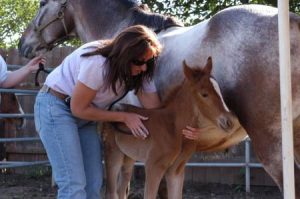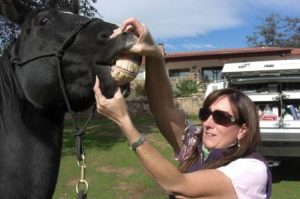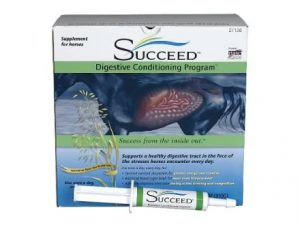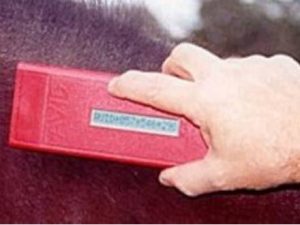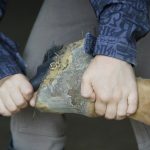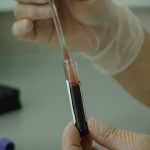
STEM CELL THERAPY
Stem cells are, essentially, immature cells that can transform into whatever kind of cell (e.g., cartilage, muscle, skin, tendon) they’re prompted to become, potentially helping in¬jured tissues heal. Veterinarians can use one of two types of stem cell tissues in horses: bone-marrow-derived mesenchymal cells (BMO-MSCs) and adipose-derived stem cells. Practitioners collect BMO-MSCs from the horse’s sternum or pelvis and then culture and expand them in a lab over time to obtain enough cells to implant back into the horse for treatment. They harvest adipose-derived cells from a few different areas on the horse’s body; however, the most common place is the hindquarters-particularly. from the fat located near the horse’s tailhead.
Once enough stem cells have proliferated in culture dishes, veterinarians administer the cells in two ways: directly into a horse’s lesion or through an intravenous catheter in a nearby area. Once inside the body, the stem cells are drawn to the affected area and then “recruit” cells in the surrounding areas of the body to aid in tissue regeneration and repair.


